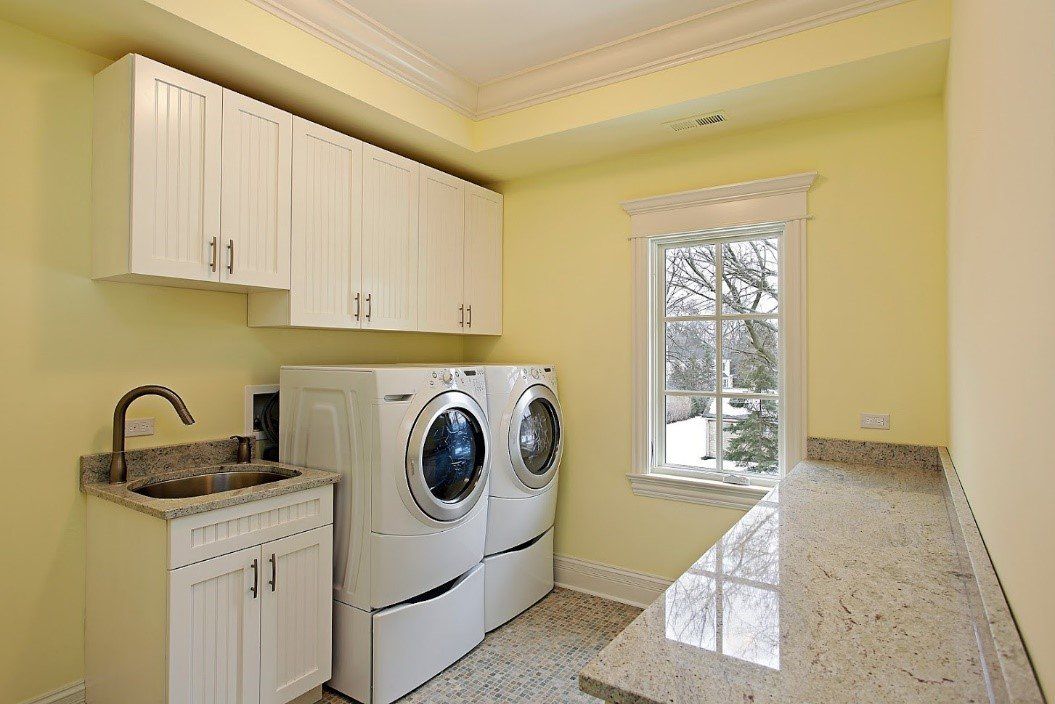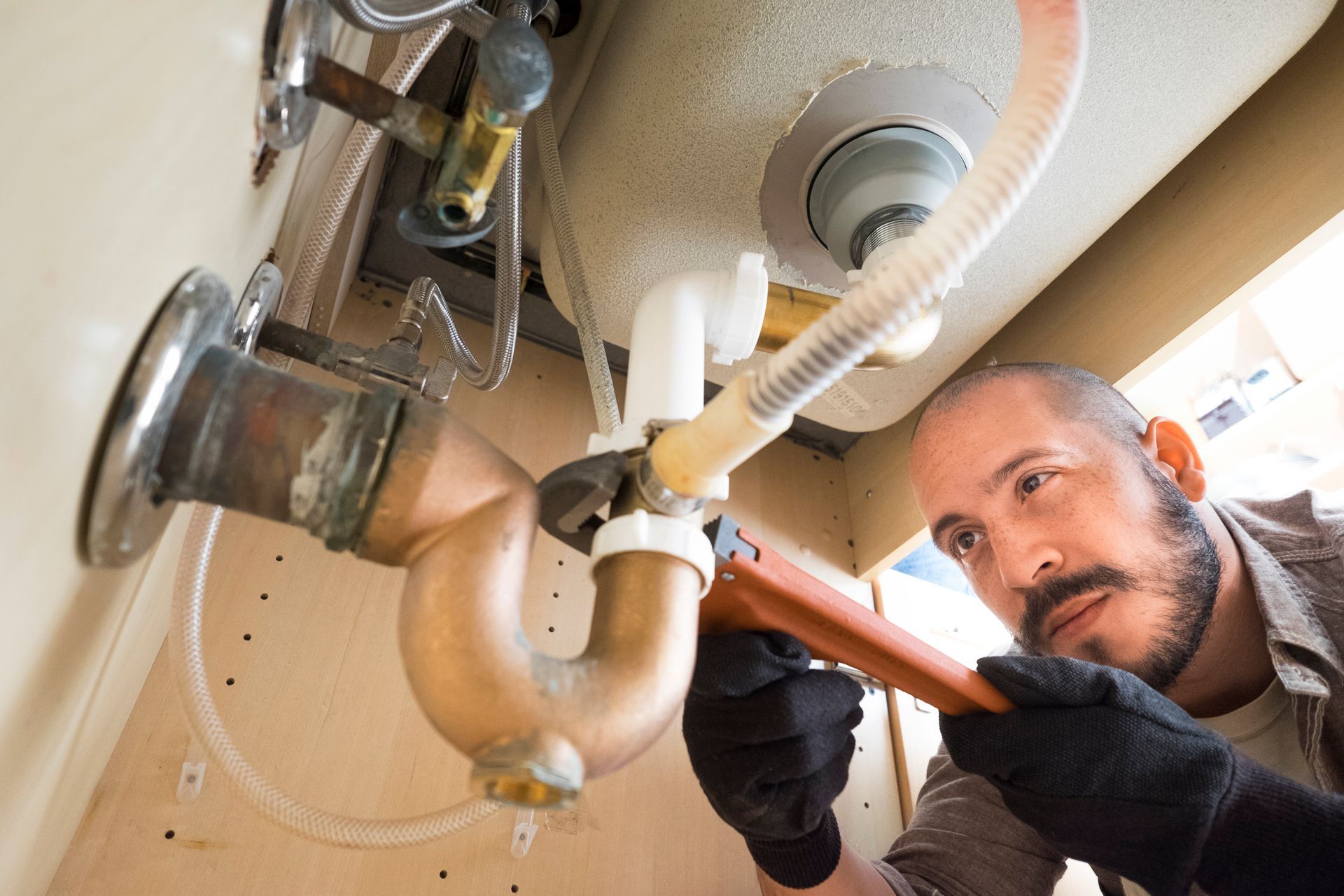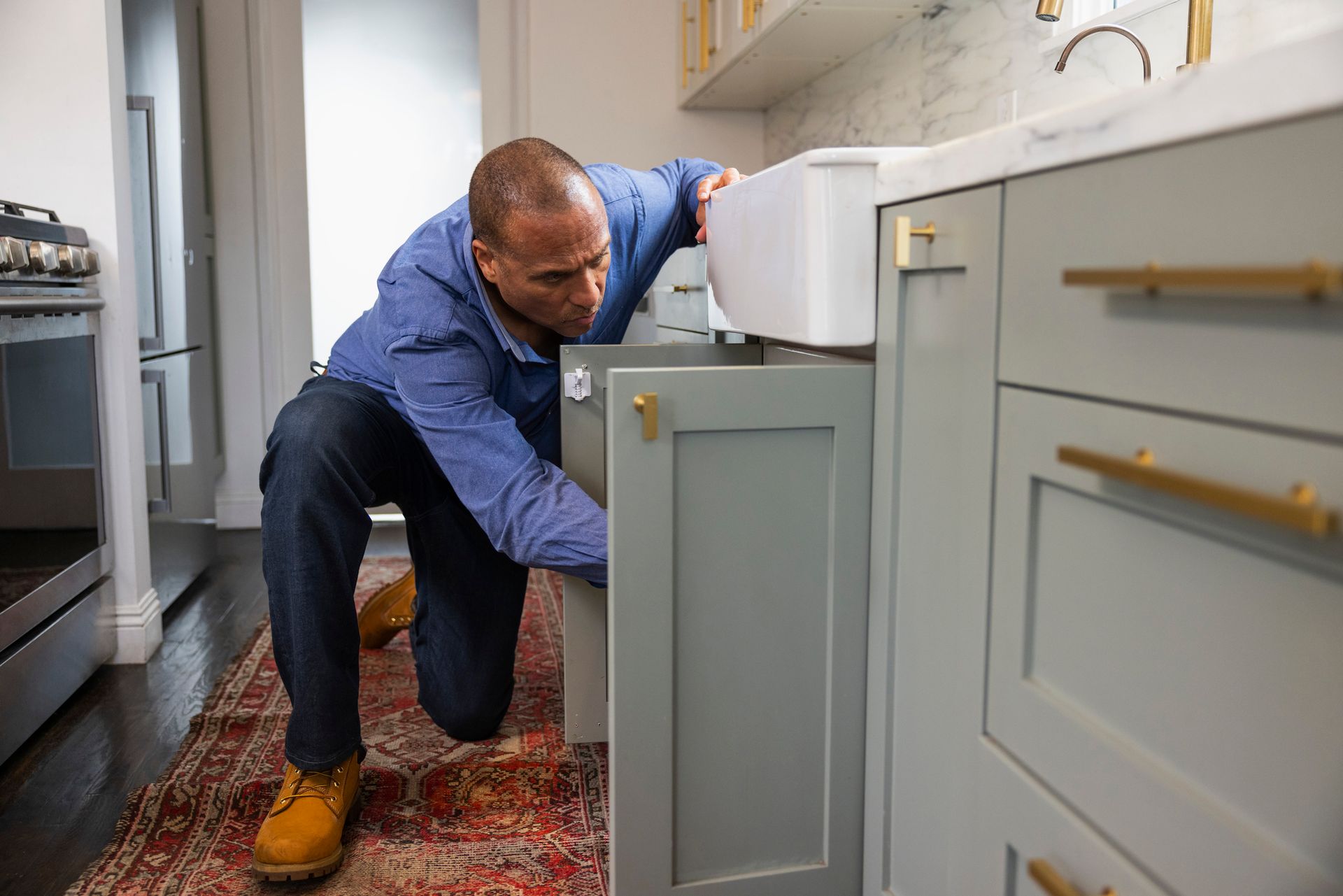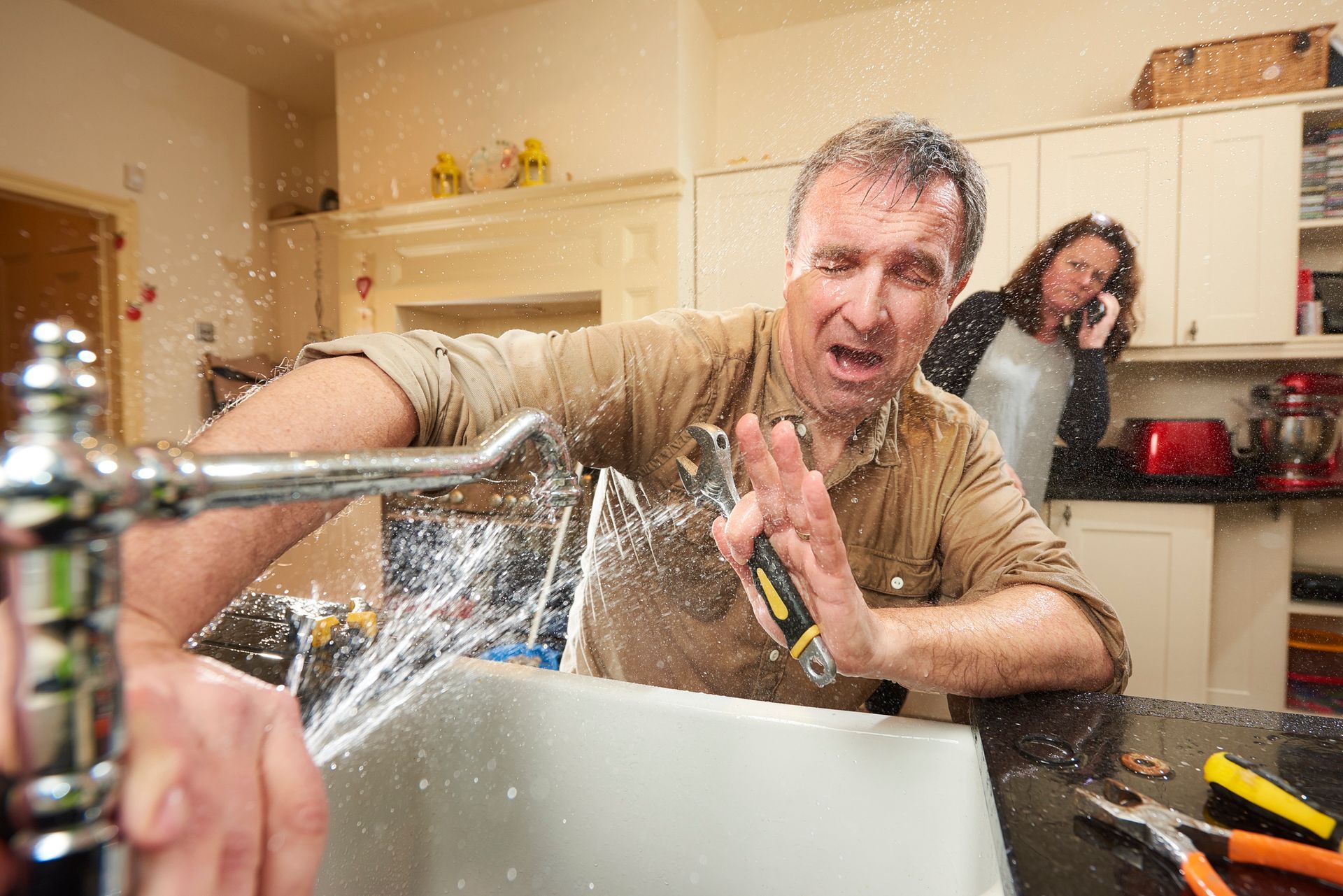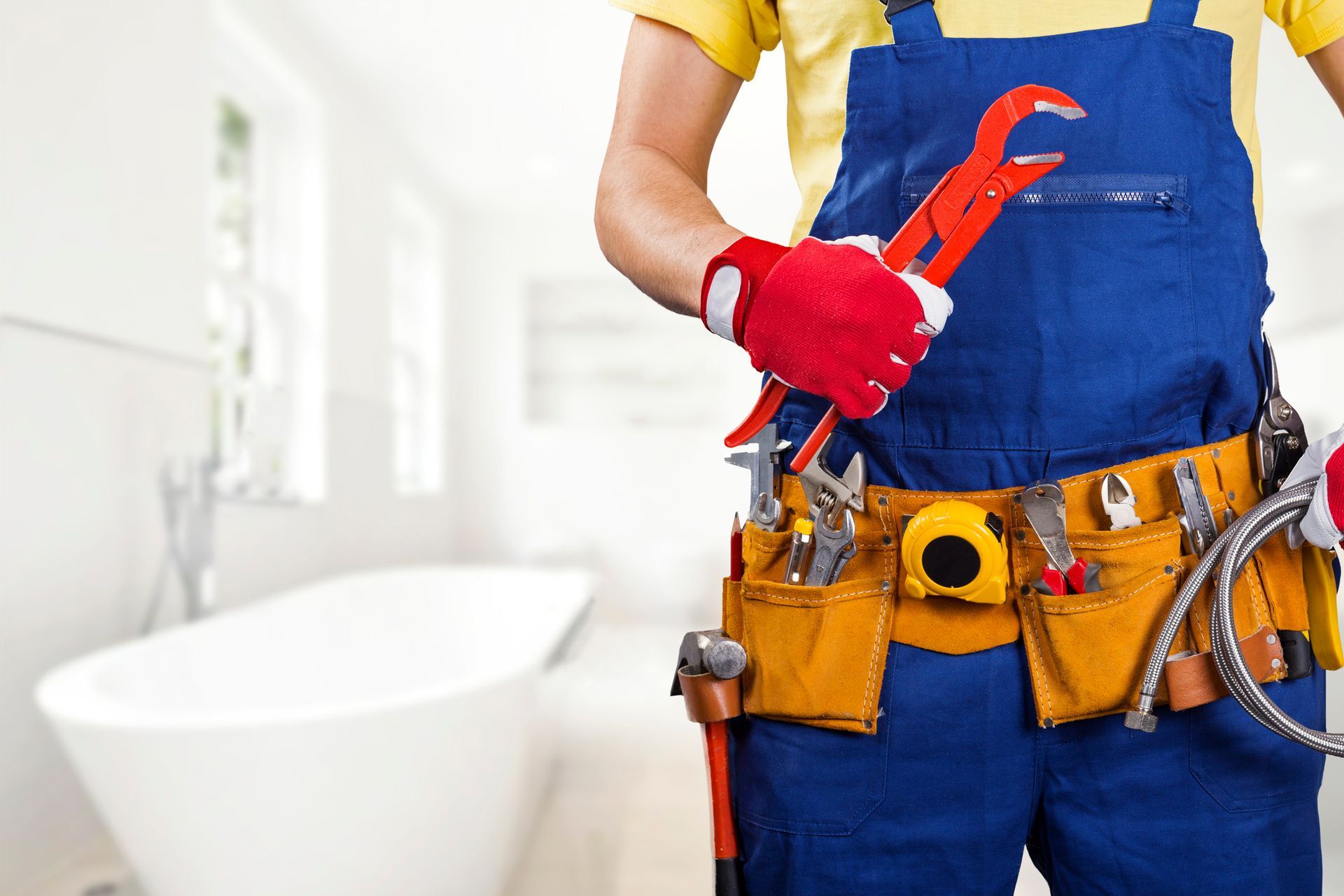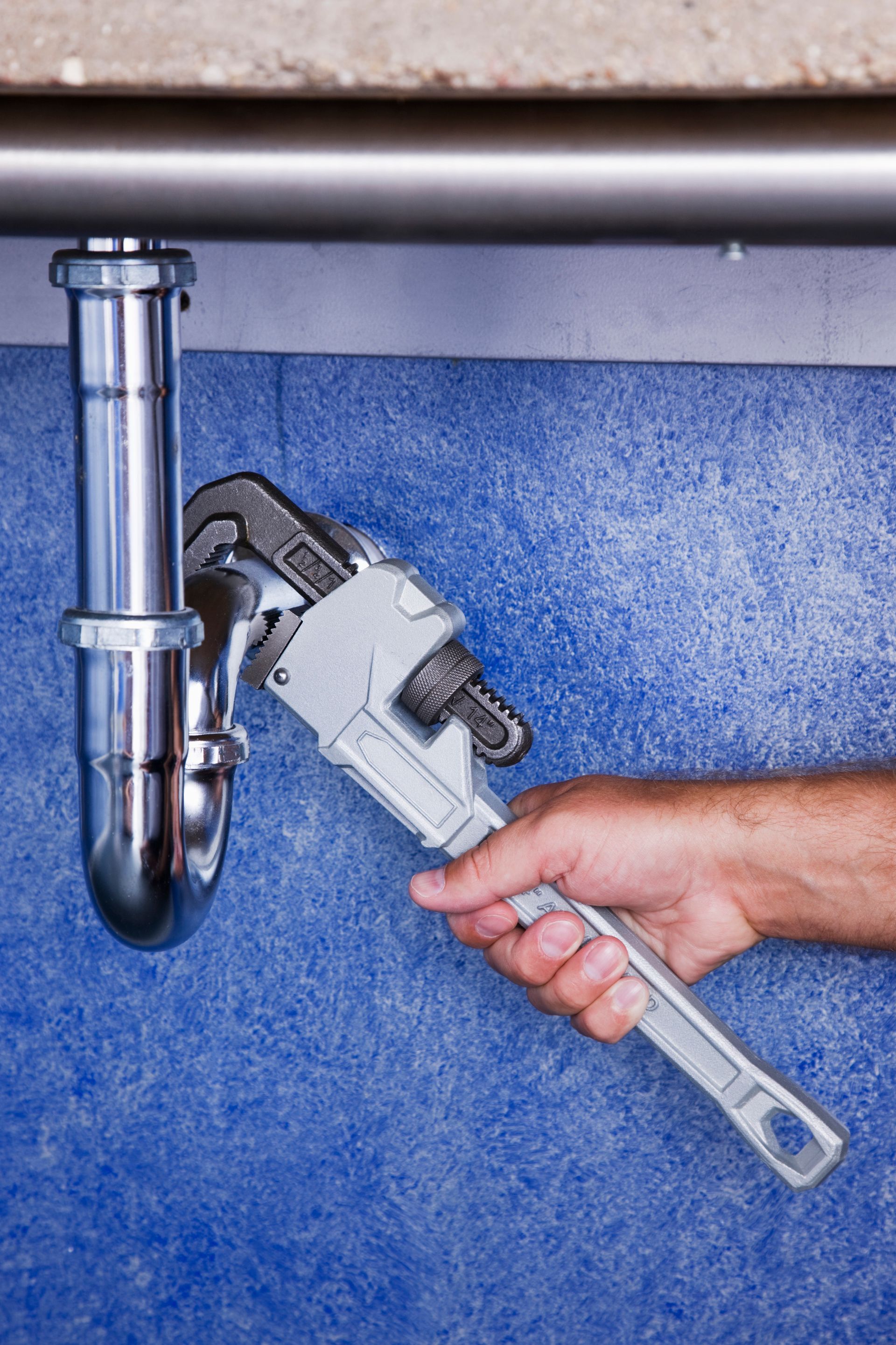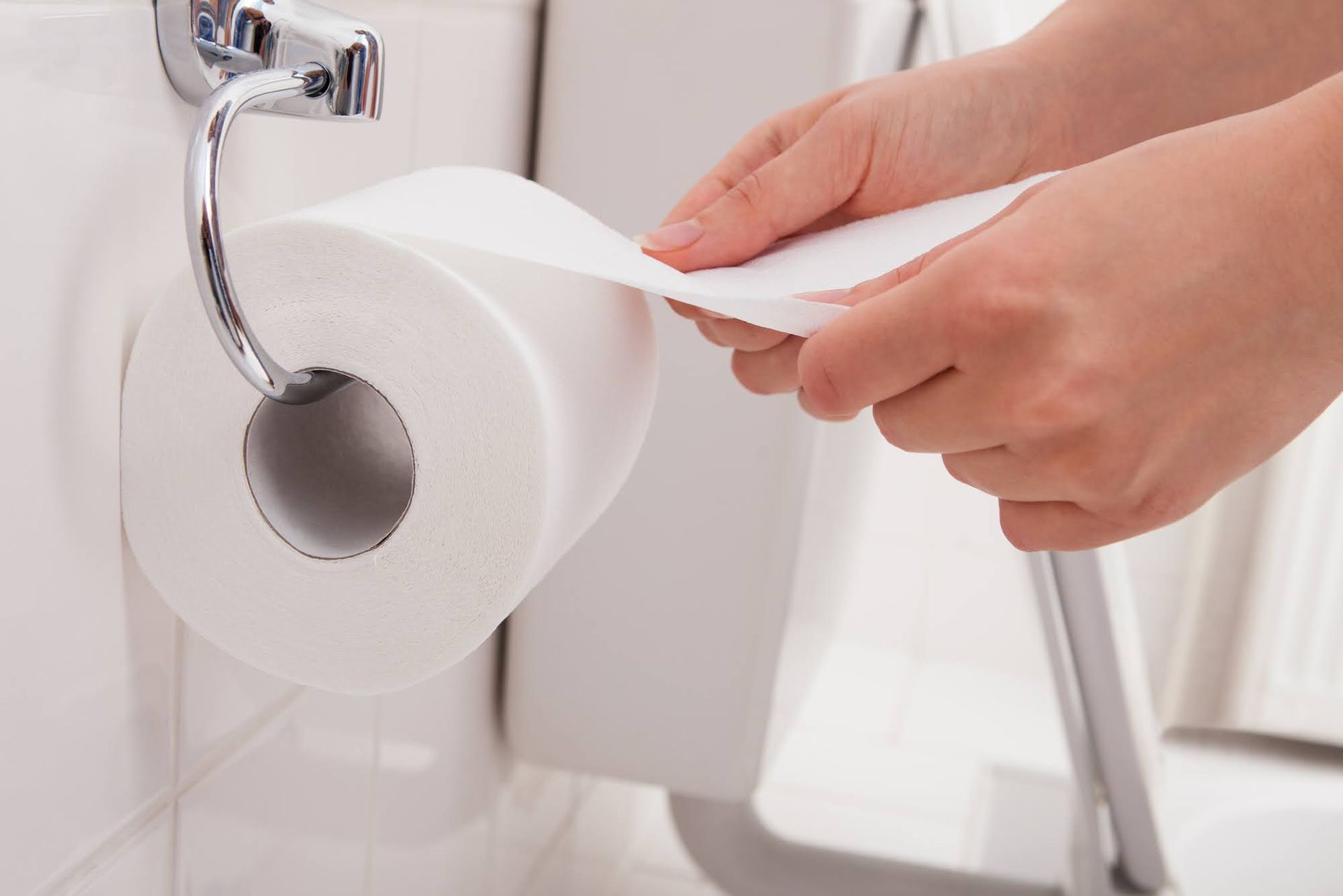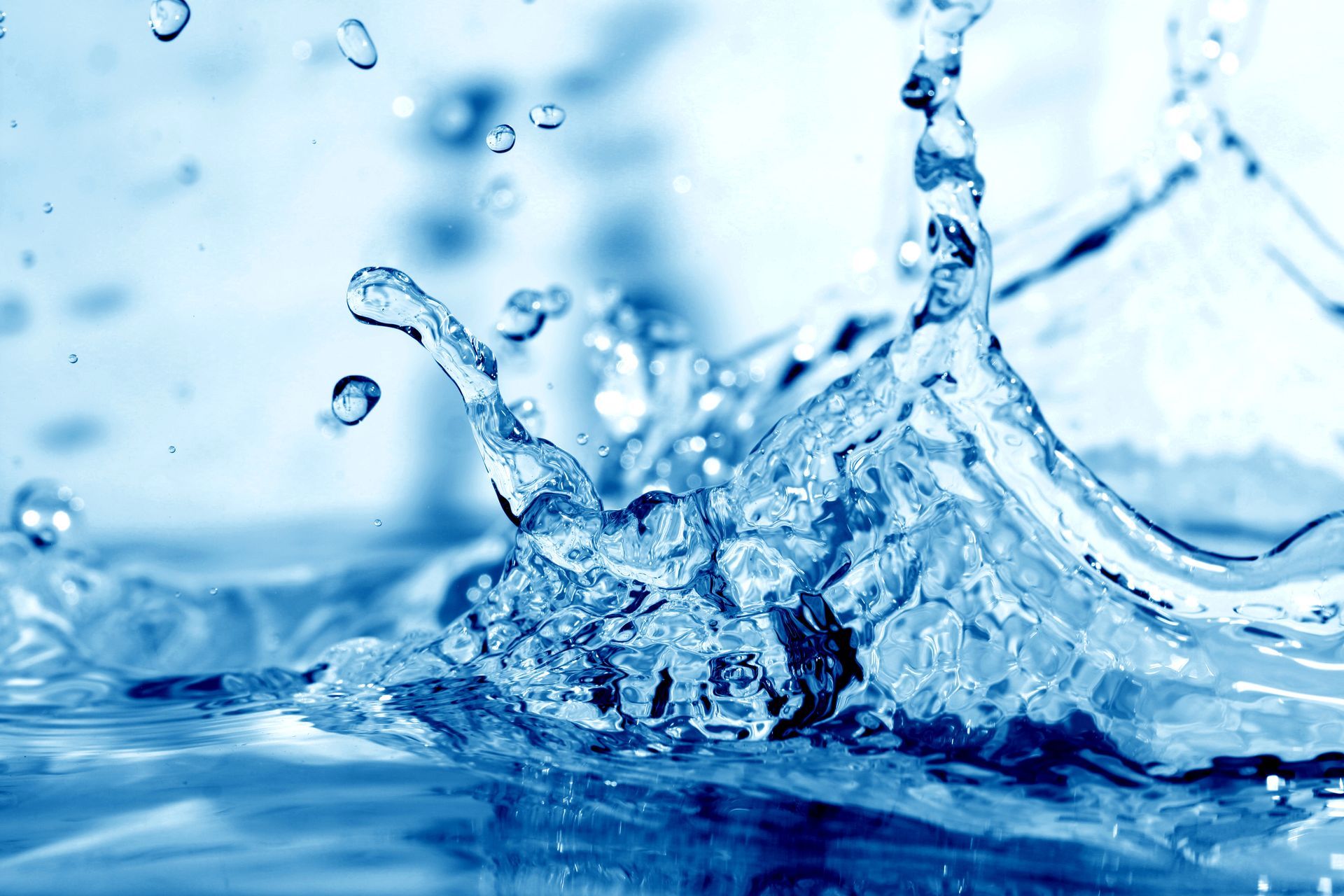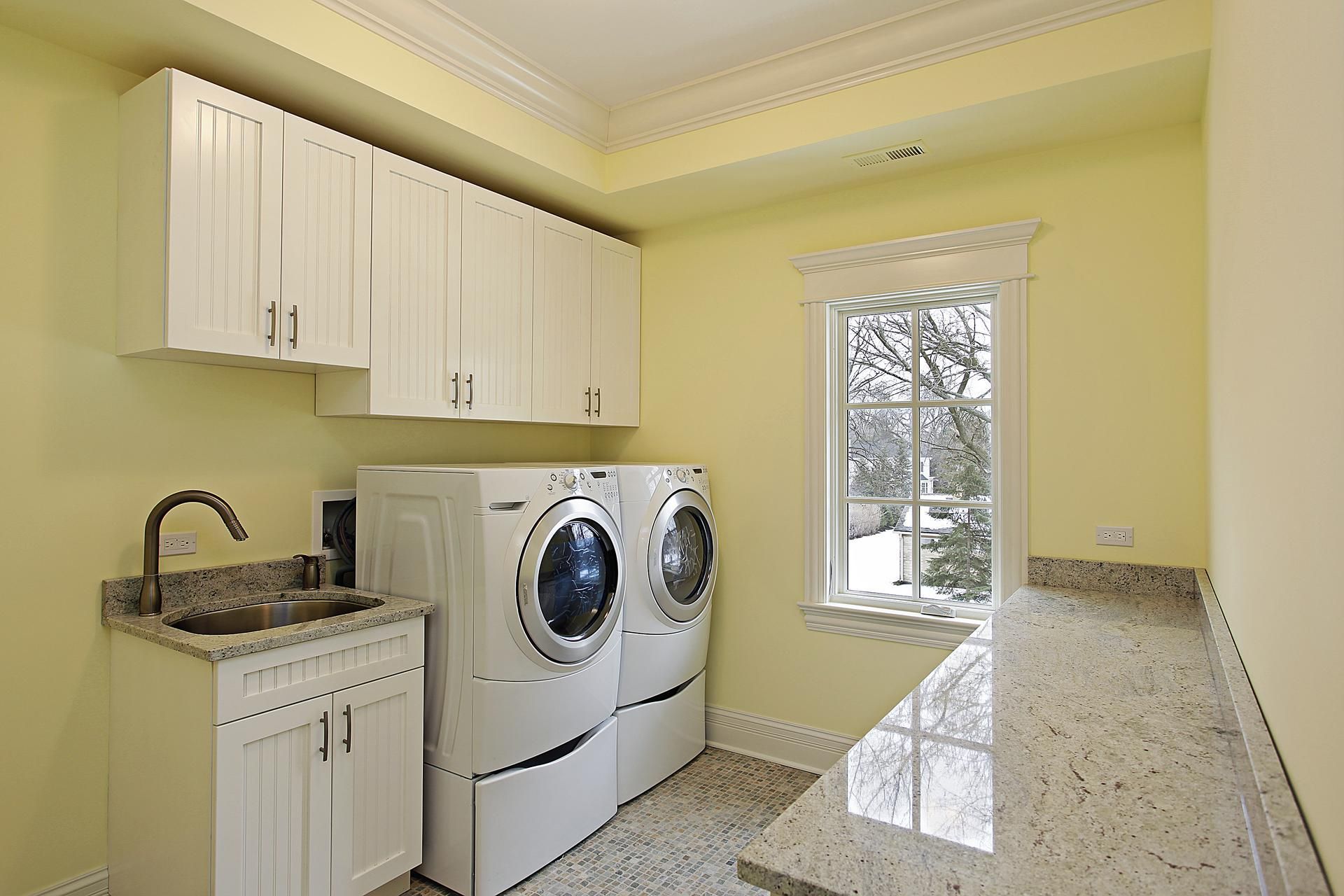Blog
What You Need to Know About Laundry Room Sink Clogs
Is your laundry room sink slow to drain? Clogs and backups don't only happen in the kitchen or bathroom. If water regularly sits in your utility sink, take a look at what you need to know about this common plumbing problem.
What Can Cause a Laundry Room Sink to Clog?
Like other sinks in your home, the one that the washing machine drains into can clog for several different reasons. The most common utility sink clog-causers include:
- Lint. Fabric fuzz doesn't only shed from your clothing into the dryer. Lint can go from the washing machine and into the utility sink. If the lint makes its way into the drain, it can clump together and cause a serious clog.
- Laundry detergent. Some types of soap can coat the pipes and cause poor drainage — especially if hair or lint gets caught in the sticky accumulation.
- Hard water. High amounts of minerals (such as calcium and magnesium) can cause hard water in your home. When hard water combines with soap, detergents, or cleaning products, it can cause a clogging buildup in the drain pipes.
- Debris. Loose change, tissues, or other debris left in pockets can enter the washing machine and exit through the appliance's hose. The force of the water pushes the change or other items into the utility sink and down the drain. Larger-sized debris can clog the drain and cause a backup.
Now that you know what can clog your laundry room sink, move on to the next step — prevention.
How Can You Prevent a Laundry Room Sink Clog?
Whether your sink is already slow or you want to make sure this common plumbing problem never affects your home, the easiest ways to prevent laundry room drain issues include the following:
- Use a washing machine hose lint catcher . Place a lint trap at the end of the washing machine hose to stop debris before it gets to the sink's drain.
- Use a lint or hair catcher on the drain . If you don't have a lint trap on the washing machine hose or you want to add an extra layer of protection, use a lint or hair catcher on the drain. This easy-to-use device stops lint, hair, and other debris from entering the drain.
- Correct hard water issues . If hard water is the problem, a whole-home water softener can solve the issue and reduce the risk of clogs.
If you skipped a key prevention step or your best efforts failed, you can still correct a slow-to-drain utility sink problem. While prevention is often easier than a repair, a licensed plumber can remove the clog, open the drain, and help your sink's drain to flow freely.
What Can a Plumber Do to Unclog the Utility Sink?
Are you tempted to try a do-it-yourself plumbing fix? While a DIY repair may seem like a cost-saving strategy, it isn't always the best option. A professional plumber can:
- Inspect the drain . Is the clog in the immediate area, or is another plumbing problem involved? Before you attempt to repair the slowing drain, make sure that you have a professional diagnosis. The plumber can inspect the drain and determine the cause of the clog.
- Remove the clog safely . Chemical drain cleaners can pose safety hazards — especially if you have little to no experience with the products or your home's plumbing system. Leave this job to the professional and avoid a DIY fix.
- Reduce buildup . A slow drain may not have a complete clog. If the plumbing problem is slimy or grimy pipe buildup, the professional can clean the interior and reduce the likelihood of a backup.
Before you hire a plumber, ask for references. You need an experienced professional who has expertise in drain cleaning and clog clearing. References can help you to determine whether your would-be plumber is the right contractor for the job.
Do you need a plumber to clear your sink's clog? Contact Complete Plumbingfor more information.
Installation
Services
and Military Discount



